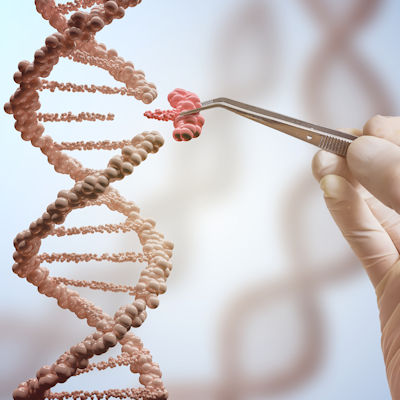August 24, 2022 -- University of California, Irvine (UCI) biologists have shed light on the complex mechanisms of transposons, genetic parasites that comprise over half of the human genome, which selfishly make proteins solely to copy their own DNA.
In a study published on August 23 in the journal eLife, the biologists provide insights regarding transposons, whose sole purpose is to multiply and insert themselves at other positions in the genome.
The researchers note that "it is possible for cells to suppress these selfish elements" and that "chemical marks can be deposited onto the DNA to temporarily 'silence' transposons and prevent them from being able to move and replicate." However, these "repressive chemical modifications can spread to nearby genes that are essential for the organism and perturb their function."
Although transposons have previously been linked to some rare inherited diseases, scientists more recently have found they are activated in aging brains and certain cancer cells.
"While their role in these respects is still unclear, it may eventually be possible to develop treatments by altering the genes that produce those chemical changes," study leader Grace Yuh Chwen Lee, PhD, assistant professor of ecology and evolutionary biology at UCI, said in a statement. "We also would like to explore whether considerations such as diet and the environment, which are known to influence how cells distribute the chemical modifications, have an effect on transposons."
Copyright © 2022 scienceboard.net







